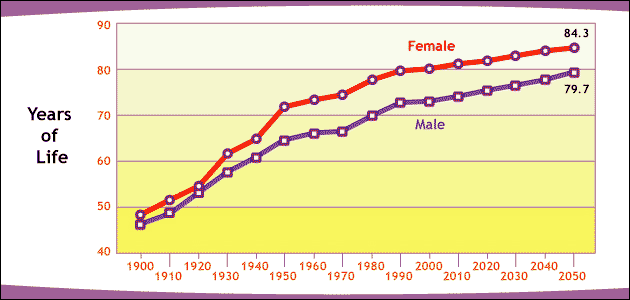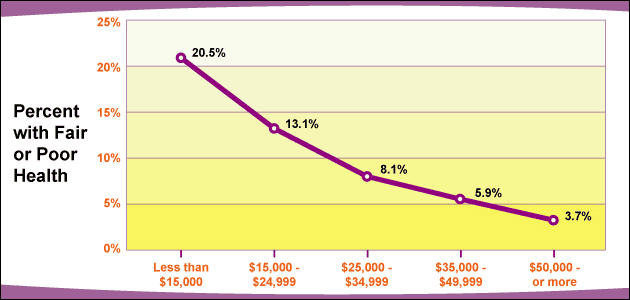|
|
 |
| Welcome | Contact | Getting Started | Site Map | Resources |
Unit 1
Overview of Wellness |
Objectives
- Learn and understand the dimensions of health
- Gain an understanding for personal responsibility in health and wellness
- Understand the major health issues in the US and related causes
Focus Questions
- Think about a time when everything was “right” or in a good flow in your life. Can you identify how the different factors of health and wellness influenced that positive state?
- Most of us know someone who has suffered from heart disease, cancer, or diabetes. What are some personal choices that might minimize ones risk for these diseases?
Concepts
- Six dimensions of wellness
- Healthy People 2010
Readings
- Chapter 1
- Wellness: Choices for Health & Fitness. Donatelle.
- Study Guide
- Link opens new browser window.
Introduction
Norman Cousins wrote in his 1984 book The Healing Heart,
"The notion that the center of the healing process is lodged with the physician is incorrect. It is lodged within the individual, and the wise physician knows how to summon and release it."
The important concept Cousins is stating is that we have a significant amount of control over our own well-being. We have personal control through the choices we make on a moment-to-moment basis:
- Did you brush your teeth today?
- Did you get enough sleep last night?
- Do you normally eat breakfast?
- Did you take the time to nurture or maintain a relationship this week?
These are examples of decisions that affect our wellness. Sometimes our decisions regarding our wellness are more dramatic such as starting an exercise program or cutting fast food out of our diets.
Six dimensions of wellness
The six dimensions of wellness that are discussed in the first chapter of your text demonstrate that wellness isn't just about exercise and diet, or physical health. Our intellectual, psychological, and spiritual health, our social and environmental health must be considered as well. We try to achieve balance in each aspect of wellness, realizing that at times they are out of our control. However, in some cases we can become better informed around these issues and involved in social policy changes that affect our communities' wellness. Some examples are policies regarding health care, water quality, or safe neighborhoods.
Today, major health problems stem from neglect and abuse of the body resulting in chronic diseases such as coronary heart disease, cancer, and stroke. Inactivity, diet, and smoking play a major role in these top three killers. Clearly, these are areas we have a certain amount of control over. The U.S. Department of Health and Human Services have developed national health objectives that are summed up in their report Healthy People 2000, recently updated to Healthy People 2010. This report discussed the very specific objectives and goals surrounding the health of the population.
Healthy People 2010
Two important and overarching goals of Healthy People 2010 are to increase the years of healthy life and to minimize health disparities between income groups.
Life Expectancy at Birth
Currently, life expectancy is approximately 78 years, however, data suggests that the last 12 years of life are dysfunctional in terms of quality of life. So the Healthy People 2010 goal of increasing years of healthy life addresses increasing the quality of life in the later years and not increasing years of life.

Health Disparities
The second broad goal to minimize health disparities speaks to the relationship between income and health status. Over 20% of the people with an income under $15,000 per year are in fair to poor health. Fewer than 4% of people with an income level over $50,000 per year are in fair to poor healthy. Why would income level have an influence on health? Consider proper nutrition, education, health care, stress levels and management, freedom to exercise or engage in leisure activities, prenatal care, and environmental dangers in ones neighborhood.

| |